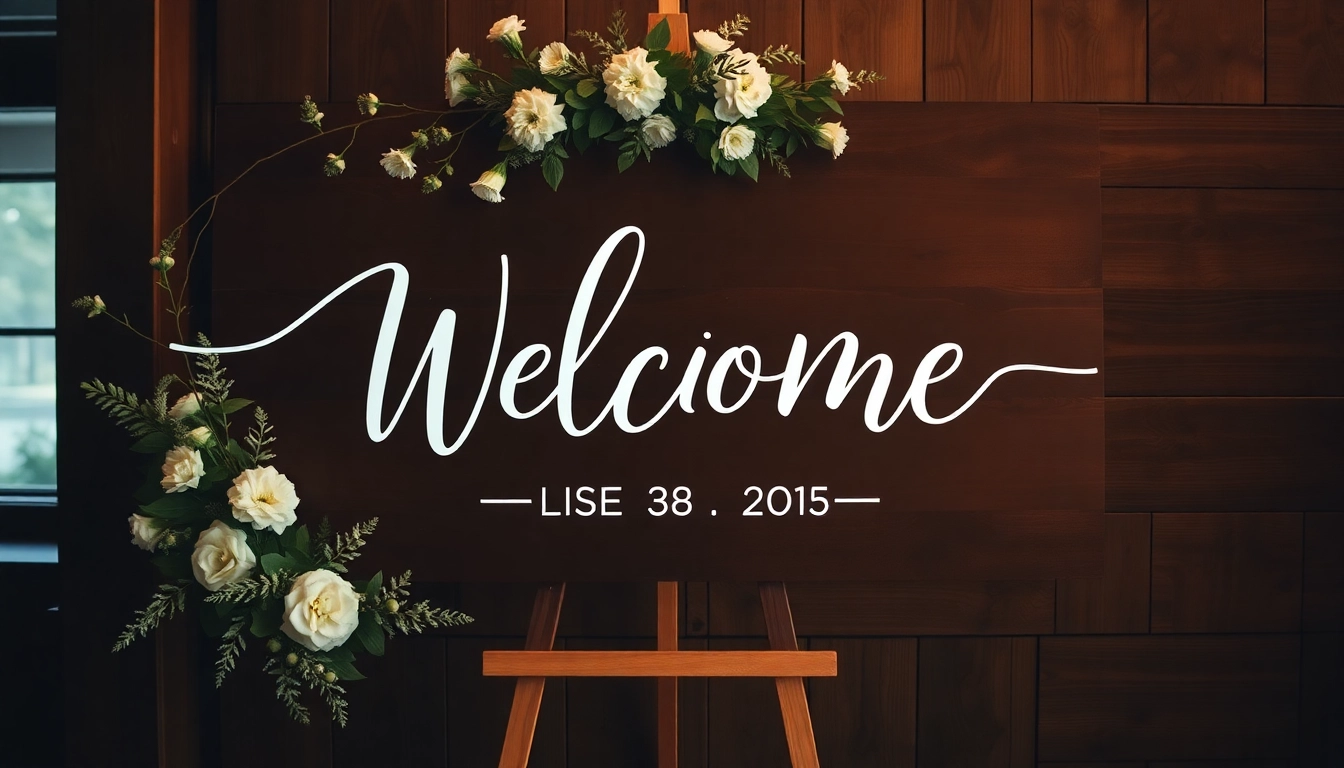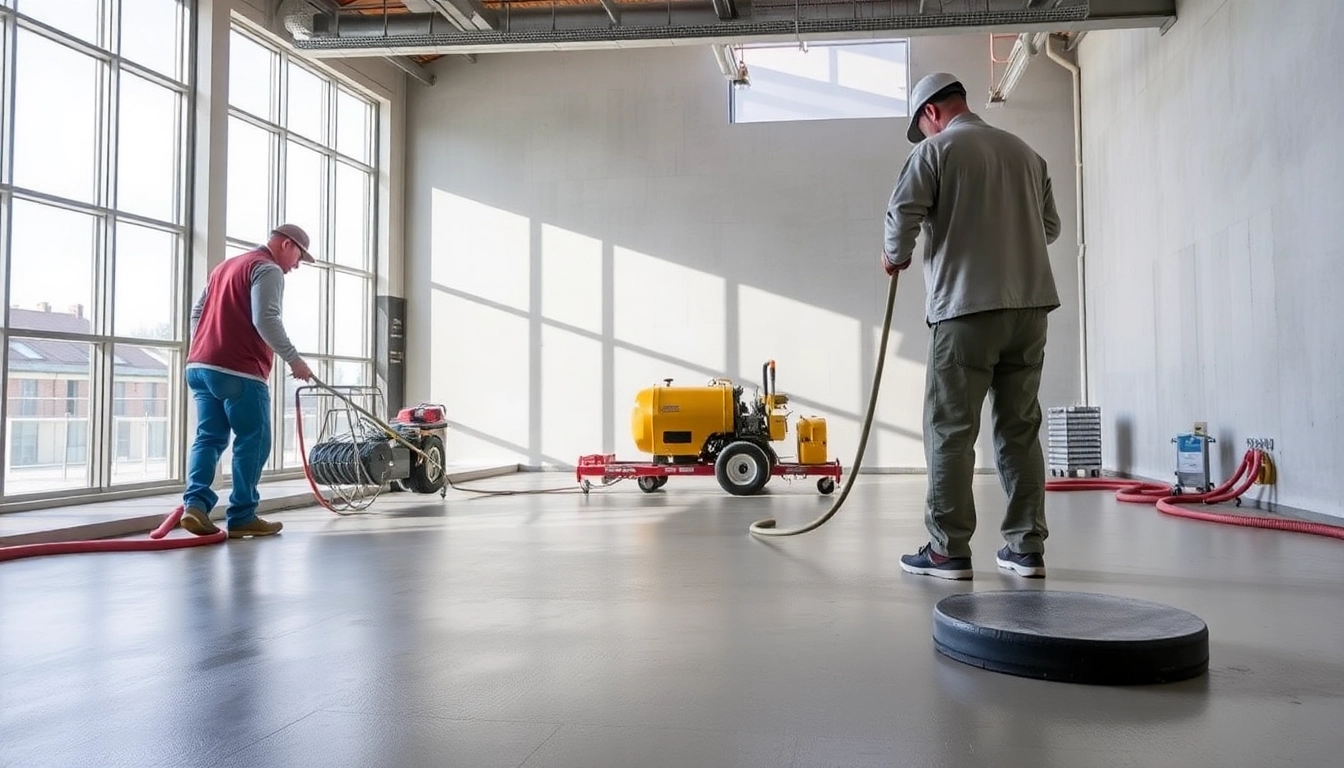Understanding the Purpose and Importance of a Wedding Welcome Sign
In the realm of wedding planning, every detail contributes to creating memorable experiences for both the couple and their guests. Among these details, the wedding welcome sign holds a unique position as the first point of visual communication upon guest arrival. A well-designed welcome sign sets the tone for the celebration, embodies the couple’s personality, and provides practical guidance throughout the event. Its significance extends beyond mere aesthetics, encompassing functional and emotional dimensions that enhance guest experience from the moment they arrive.
From a practical perspective, a wedding welcome sign helps direct guests to the venue, indicates parking areas, or guides them toward ceremony and reception spaces. Emotionally, it cultivates a warm, inviting atmosphere, making guests feel appreciated and anticipated. As wedding hosts aim to craft a personalized and cohesive environment, a thoughtfully crafted welcome sign becomes a cornerstone element of overall decor and guest engagement strategies.
Incorporating a welcoming message, such as a phrase, quote, or personalized greeting, transforms a simple sign into a memorable feature that reflects the couple’s style and story. For example, a sign that reads “Welcome to our happily ever after” or includes a meaningful quote can evoke joy, humor, or sentimentality, making visitors feel a deeper connection. Furthermore, strategic placement ensures the sign’s visibility—often positioned at entry points like pathways, doorways, or the front of the venue—to maximize impact.
Search data and industry insights confirm that wedding welcome signs are among the most popular signage pieces, often selected for their dual role as decor and informational tool. According to iCustomLabel, a wedding welcome sign not only informs but also creates an immediate sense of occasion. These signs often include the couple’s names, wedding date, and a personalized message—all crucial elements that communicate identity and set expectations for the celebration.
Choosing the Right Style and Material for Your Wedding Welcome Sign
Matching your wedding theme with sign design styles
Every successful wedding integrates a cohesive design theme, and the welcome sign should seamlessly blend into this visual narrative. Whether the wedding exudes rustic charm, modern minimalism, vintage elegance, or bohemian flair, the sign’s style, font, and materials should complement these themes. For instance, a rustic barn wedding might benefit from a handcrafted wooden sign with calligraphy, whereas an ultra-modern wedding might opt for sleek acrylic with metallic accents.
Popular materials: wood, acrylic, foam board, and fabric
The choice of material is pivotal, influencing not only aesthetic appeal but also durability, portability, and cost. Common options include:
- Wood: Offers a warm, timeless look, especially suited for rustic, vintage, or outdoor weddings. It can be painted, stained, or engraved, providing versatile customization options.
- Acrylic: Modern and sleek, acrylic signs give a clean appearance and are available in various finishes, such as transparent, frosted, or metallic. They are highly durable and resistant to weather, making them ideal for outdoor settings.
- Foam board: Lightweight and cost-effective, foam board signs are easy to transport and assemble. They can be printed with high-resolution graphics, making them suitable for detailed custom designs.
- Fabric: Fabric signs, such as banners or hand-crafted cloth displays, lend a soft, romantic feel. They are flexible and can be customized with embroidery or dye sublimation techniques.
Pros and cons of each material for durability and aesthetics
Understanding the strengths and limitations of each material helps in making an informed choice:
| Material | Advantages | Limitations |
|---|---|---|
| Wood | Authentic, customizable, durable, rustic charm | Can be heavy, potentially more expensive, susceptible to moisture if untreated |
| Acrylic | Modern look, weather-resistant, easy to clean, customizable | Higher cost, prone to scratching |
| Foam Board | Lightweight, budget-friendly, vibrant printing options | Less durable outdoors, susceptible to dents or warping over time |
| Fabric | Soft, customizable with embroidery, flexible for hanging | Less durable outdoors, potential for wrinkling or staining |
Choosing the appropriate material depends on the wedding’s location, style, budget, and longevity requirements. For outdoor weddings, weather-resistant acrylic or treated wood are preferable, while foam board or fabric may suffice for indoor events or short-term use.
Design Tips for a Memorable and Personalized Welcome Sign
Incorporating your wedding colors and motifs
Color harmony is essential in creating a cohesive aesthetic. Select a color palette that matches or complements your overall wedding theme. For instance, pastel hues work well with romantic or garden weddings, whereas monochrome schemes suit modern or minimalist designs. Incorporate motifs like florals, geometric patterns, or vintage-inspired illustrations to reinforce your theme visually.
Typography choices to ensure readability and elegance
Typography is a crucial aspect of sign design, balancing aesthetic appeal with clarity. Script fonts exude elegance but can be hard to read from a distance, while sans-serif fonts prioritize legibility. Combining a decorative font for headings with a clean font for secondary text achieves visual interest without sacrificing readability. Optimal letter spacing, font size, and contrast against the background are vital for guest accessibility.
Adding personal touches like quotes, illustrations, or monograms
Personalization elevates a welcome sign from generic to meaningful. Incorporate a favorite quote, a heartfelt message, or your wedding hashtag. Monograms or initials of the couple add a sophisticated touch, especially when styled with decorative flourishes. Small illustrations—such as floral motifs, symbols representing shared passions, or custom logos—can reflect your unique story and create memorable visual elements.
Placement and Size: How to Maximize Visibility and Impact
Optimal locations for displaying your wedding welcome sign
The placement of your welcome sign influences its effectiveness. Ideally, position it at the entrance or a central pathway where it can be seen by arriving guests. Common spots include entry arches, near parking zones, or at the head of ceremony aisles. Consider sightlines and lighting—illuminated or decorated with floral arrangements—to enhance visibility, especially for evening events.
Standard sizes and why size matters for guest visibility
Choosing the right size ensures your sign is legible from various distances. Typical dimensions include 18×24 inches for smaller venues or 24×36 inches for larger spaces, often printed on foam board for balance between visibility and portability. Larger signs command attention but require sufficient space and sturdy support for stability. Remember, the goal is for guests to read the message comfortably upon arrival without obtrusiveness.
Using stands or hanging options for versatile setups
Depending on your venue and design preference, you can opt for tabletop stands, easels, or hanging apparatuses. Freestanding signs with wooden or metal easels offer flexibility across indoor and outdoor settings. Hangers, ropes, or decorative frames can add style while ensuring stability and adaptability for different layouts. Proper supports also prevent tilting or damage, maintaining the sign’s pristine appearance throughout the celebration.
Maintaining and Updating Your Wedding Welcome Sign for Different Venues
Tips for transport and setup logistics
Careful planning ensures your welcome sign arrives intact. Use protective packaging such as bubble wrap or custom cartons, particularly for delicate materials like acrylic or painted wood. Disassemble large signs if possible, storing components securely. During setup, handle signs with care and verify their placement before guests arrive, allowing time for adjustments.
Weather considerations and protection methods
Outdoor venues pose challenges like wind, rain, and sun exposure. To safeguard your sign, consider applying weatherproof coatings or selecting moisture-resistant materials. For additional protection, place signs under awnings, use waterproof stands, or add clear acrylic covers. In case of rain, quick-dry or water-resistant signage ensures your welcome message remains pristine and legible.
Ideas for occasional updates or additions closer to the wedding date
As your wedding approaches, you might want to personalize or update the message—perhaps to include a schedule, directional cues, or last-minute notes. Removable vinyl decals or chalkboard signs provide flexibility. Additionally, incorporating decorative elements like fresh flowers or seasonal accents can refresh the sign’s look, making it both functional and festive.



